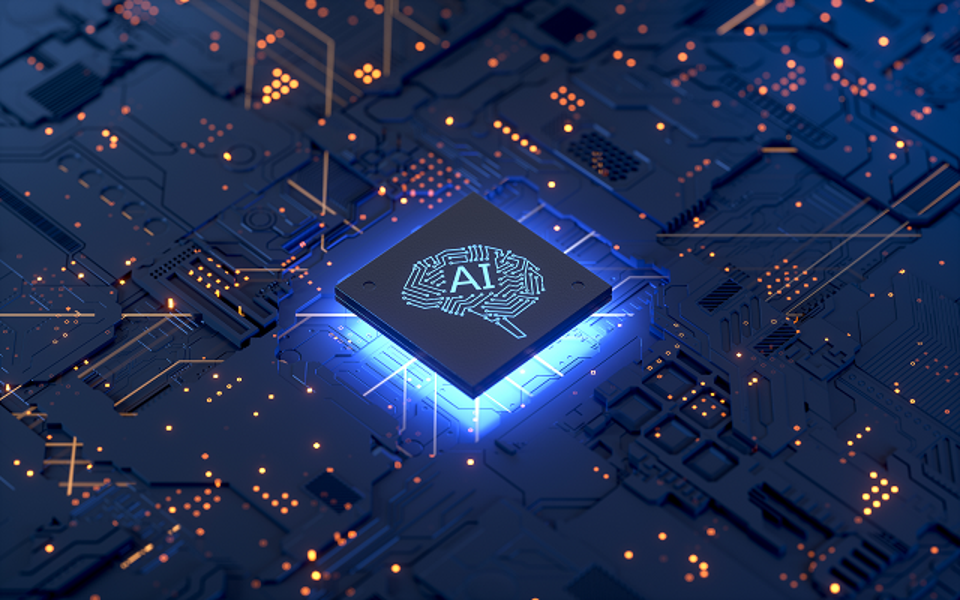In 2023, a staggering 58% of new car registrations in Norway were electric vehicles (EVs), according to Bloomberg Green. This surge in EV adoption is just one facet of a broader revolution transforming urban transport: the integration of AI-driven autonomous technology into electric vehicles. As cities grapple with congestion, pollution, and the need for sustainable solutions, AI-powered autonomous EVs are emerging as a game-changer. In this article, we explore how these innovations are reshaping urban mobility, enhancing sustainability, and paving the way for future transportation networks.
The Rise of AI and Autonomous EVs
AI Technology in Electric Vehicles
Artificial intelligence is at the heart of the autonomous vehicle revolution. Companies like Tesla and Waymo are leading the charge, leveraging AI to enhance vehicle performance and safety. Tesla’s Full Self-Driving (FSD) software, for instance, uses AI to interpret real-time data from cameras and sensors, enabling vehicles to navigate complex urban environments. According to TechCrunch, AI algorithms allow these cars to learn from each mile driven, continuously improving their decision-making capabilities.
Key AI technologies in autonomous EVs include:
– Computer Vision: Allows vehicles to detect and analyze their surroundings.
– Machine Learning: Empowers cars to learn from data and improve over time.
– Sensor Fusion: Integrates data from multiple sensors to create a comprehensive view of the environment.
Autonomous Driving Levels
Understanding the levels of vehicle autonomy is crucial. The Society of Automotive Engineers (SAE) defines six levels, from Level 0 (no automation) to Level 5 (full automation). Most current autonomous EVs operate at Level 2 or 3, where the vehicle can manage certain driving tasks while the driver remains alert. As technology advances, we move closer to Level 4 and 5, where human intervention becomes unnecessary.
Transforming Urban Transport
Reducing Traffic Congestion
AI-driven autonomous EVs promise to alleviate urban congestion—a pressing issue in cities worldwide. According to a 2021 study by INRIX, traffic congestion cost the U.S. economy $87 billion annually. Autonomous vehicles, with their ability to communicate and coordinate with each other, can optimize traffic flow, reduce bottlenecks, and minimize delays.
Enhancing Safety
Safety is a primary concern for urban transport, and AI-driven vehicles are designed to address this. The National Highway Traffic Safety Administration (NHTSA) reports that 94% of serious crashes are due to human error. Autonomous EVs, equipped with advanced sensors and AI, aim to reduce accidents by eliminating human error. For instance, Waymo’s autonomous taxis have logged over 20 million miles on public roads with a remarkable safety record.
Promoting Sustainability
The environmental benefits of electric vehicles are well-documented, with EVs producing significantly lower emissions compared to their internal combustion counterparts. When combined with autonomous technology, the sustainability potential is amplified. Autonomous EVs can operate more efficiently by optimizing routes and energy consumption, contributing to cleaner, greener cities.
Practical Considerations for Consumers
How to Charge Your Autonomous EV
Charging infrastructure is crucial for the widespread adoption of autonomous EVs. According to InsideEVs, Tesla’s Supercharger network is expanding rapidly, offering fast and reliable charging options. Other providers like Electrify America and ChargePoint are also enhancing their networks to support the growing number of EVs.
- Home Charging: Install a Level 2 charger for fast overnight charging.
- Public Charging: Use apps like PlugShare to locate nearby charging stations.
- Fast Charging: Utilize DC fast chargers for quick top-ups on long journeys.
Where to Buy Your Autonomous EV
As the market for autonomous EVs grows, several manufacturers offer cutting-edge models:
- Tesla Model S and Model 3: Known for their advanced FSD capabilities.
- Waymo’s Autonomous Taxis: Available in select cities for public trials.
- Ford’s Mach-E with BlueCruise: Offers hands-free driving on select highways.
The Future of Urban Mobility
The convergence of AI, autonomous technology, and electric vehicles heralds a new era for urban transport. According to MIT Technology Review, the global autonomous vehicle market is projected to reach $556 billion by 2026. This growth is driven by the potential to transform not just how we travel, but how cities are designed and operated.
What to Expect in the Coming Years
- Increased Adoption: As technology matures, expect more cities to integrate autonomous EVs into public transport systems.
- Regulatory Evolution: Governments will adapt policies to accommodate and encourage autonomous vehicle deployment.
- Smart City Integration: Autonomous EVs will become integral to smart city initiatives, enhancing connectivity and efficiency.
Conclusion
AI-driven autonomous EVs are not just a technological marvel; they are a catalyst for change in urban transportation. By reducing congestion, enhancing safety, and promoting sustainability, these vehicles are set to redefine how we move within cities. As we look to the future, the question remains: how quickly can cities and consumers adapt to this transformative technology? Embrace the revolution, and imagine a world where urban mobility is seamless, sustainable, and accessible to all.
In this rapidly evolving landscape, staying informed is key. Share your thoughts on how autonomous EVs can impact your city and join the conversation on the future of mobility.

